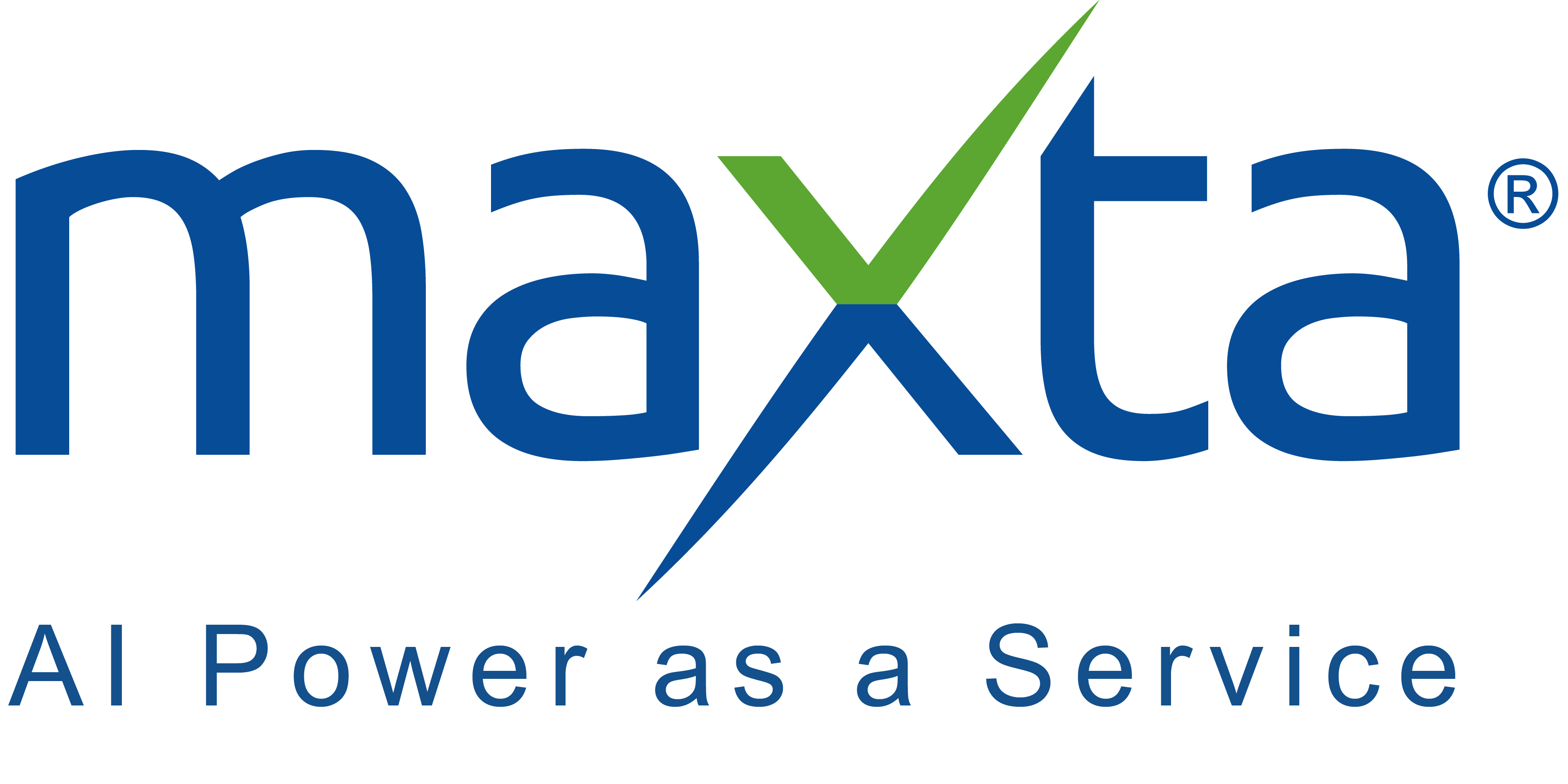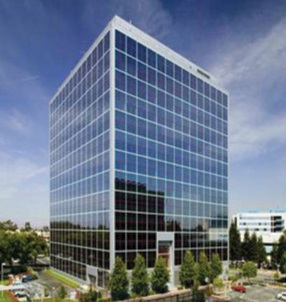Before I joined Maxta last spring, I asked our VP of Engineering a straightforward question: “Since Maxta is a software platform, how can the company provide a customer support experience to match the ‘single point of contact’ experience you get with an appliance or storage array?” In my years at NetApp, EMC and Violin, it was a point of pride that we could deliver end-to-end support on our platform. Of course, it helped that we controlled the hardware.
Maxta partners with TSANet, an organization that provides a multi-vendor support network from technology companies of all sizes. I’ve worked in support for over 15 years so I was familiar with TSANet, but didn’t fully appreciate the role it plays at software vendors. It lets software companies provide a single point of support for all of the “ingredients” (servers, storage, networking, operating systems) that underpin their solution. The Maxta Support Organization was recently highlighted in an article by TSANet.
TSANet is particularly important for a true software company like Maxta that competes in a world of hyperconverged appliances. While nearly every hyperconverged vendor talks about being a software company, they are really appliance or hardware companies. Not that you can really blame them; it’s much easier to develop a solution on a controlled hardware environment and ship it as a black box. There are two perceived advantages of this appliance model. The first is being able to buy a “pre-configured” system and the second is a single call for support for all the ingredient technologies in that appliance.
Of course, the downside of this appliance model is that you have to rebuy the software license when you refresh hardware (just like a storage array), are forced to add capacity by buying another appliance (worse than a storage array), and are locked-in to the server of that vendor. My colleagues in marketing cleverly described it as a “refresh tax” and “upgrade tax” in an earlier post.
Wouldn’t it be great if you could have all the advantages of an appliance model with none of the disadvantages? That’s exactly what you get with Maxta software and our relationship with TSANet. Because we’ve worked closely with them to deliver one-stop customer support, TSANet featured the Maxta Support Organization in a recent article.
You can order Maxta preconfigured on the widest array of server brands including Cisco, Dell-EMC, HP Enterprise, Huawei, Lenovo, Quanta, Super Micro. As a side note, you can also use both VMware and Red Hat virtualization on these server platforms which is different than the only other true hyperconvergence software vSAN which locks you into a VMware tax.
Just like an appliance model, Maxta provides a “one call solves it all” Technical Support experience, regardless if the support issue is with Maxta software or with the underlying infrastructure. TSANet is the support network behind Maxta Technical Support that enables us to provide this “single throat to choke” support experience.
That’s how Maxta provides all the advantages of an appliance model. At the same time, our unique software model lets you to avoid all the disadvantages of hyperconverged appliances:
- With Maxta, you own the software license for life so you can refresh server hardware as often as you like and not have to rebuy the software license like you do with a Hyperconvergence appliance model where the software is licensed to the appliance. This is especially important as server refresh cycles are around three years and storage array refresh cycles are around five years.
- With Maxta you can add capacity by adding additional drives into a server with open slots or even replace existing drives with larger drives. In other words, we can scale storage independent of compute. With Hyperconvergence appliances, you add capacity by adding additional appliances, whether complete appliances or storage only where you still are buying another appliance.
- With Maxta you can use different server hardware and even server hardware with different generations of technology. You can install on existing servers and add servers Maxta software that has been preconfigured, or you can mix and match these types of configurations to completely eliminate any sort of vendor lock-in.
So as you look to replace the traditional three tier architecture of servers, storage, and storage networking with hyperconvergence, make sure you do your homework – not just on the initial costs, but on the refresh and upgrade costs. You don’t want to be surprised in three or four years by the cost of a hardware refresh – something many early hyperconverged appliance customers are just now starting to. And know that through our partnership with TSANet, we have your back on all your support needs even if it is not a problem with Maxta software.
Asad Bahou is the Senior Director of Global Support at Maxta.
Photo credit: Glenn Carstens-Peters on Unsplash



 Maxta Introduces VMware Escape Pod
Maxta Introduces VMware Escape Pod


